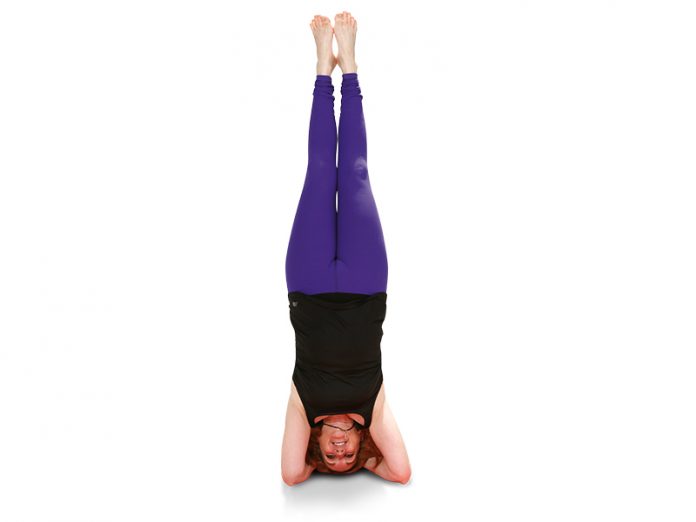
The North Shore of Nova Scotia boasts a climate that can be fully enjoyed in all seasons. Spring, summer, fall and winter present themselves exactly as they would in story books. Spring buds followed by summer sunshine, beach days turning into crisp fall nights, snow in the air just after the leaves fall from the trees.
Many natives of the North Shore love to transition with the seasons and value sledding, skiing and hockey as much as they do beach days and bonfire nights. For some though, the transition is much more difficult than switching from sandals to snowshoes. The change in seasons can mean a drastic change in mood.
Seasonal Affective Disorder or SAD is a form of depression that occurs during the fall and winter months and improves with the arrival of spring. These seasonal changes in mood are commonly related to the decrease in daylight. Some of the science backing up SAD is the belief the retina sends a small electrical charge to the brain, which helps keep the neurochemical balance in check. Short changing sleep and natural light can alter this balance and predispose one to depression.
Feeling down in the winter months is so common that seasonal affective disorder is often over diagnosed. Mental health professionals agree that in the diagnosis of depression there is a requirement for certain criteria that are long lasting. While there are always variances in any diagnosis, health care professionals say the general standard to be diagnosed as a major depressive episode is depression that lasts for at least 2 weeks, occurring all day and every day throughout the time period.
While many people notice the winter blahs, seasonal affective disorder sufferers experience more serious depressive episodes that negatively impact their lives. They feel depressed all day every day for long periods of time, sluggish, agitated, and hopeless, have low energy, trouble sleeping, lose interest in activities they enjoy, change in appetite, weight gain, and over sleep or have trouble sleeping.
Pictou resident, Michelle Harvie, always disliked winter and dreaded the transition from summer into the colder months, but when her family noticed a yearly drastic mood change, she knew it was time to speak with her doctor. Michelle described the heavy, sad feeling that set in during the colder months and expressed that she wasn’t motivated to go anywhere or do anything. “It would wrap around me like a blanket.” She was diagnosed with seasonal affective disorder eight years ago and has been managing the symptoms with exercise ever since.
Allan Hines, a resident of Stellarton, cringes as soon as the leaves start to change color. “I know what’s lurking around the corner, the depression, zero ambition and low energy that last for weeks.” While he has never been officially diagnosed with SAD, the cooler months have been a challenge for him for over 15 years. “The fall has always been a bad time for me. I feel like I can’t get out of bed.”
While some SAD sufferers require light therapy, cognitive behaviour therapy, counselling, or medication, Michelle was grateful that her doctor suggested trying an outlet to cope with her depression. “My outlet was yoga. I could not believe how it made me feel physically and especially mentally.”
Michelle started to notice the more classes she attended the better she felt. Her sleep patterns and motivation steadily improved. “It was like a curtain was lifted.” Michelle especially enjoys hot yoga classes at Pictou County Yoga, noting “the heat is so therapeutic for my body and soul.”
Allan likes to keep himself busy in the fall and winter months with different forms of exercise. He plays organized sports like volleyball and basketball, and focuses on circuit and weight training in the gym. “Being active makes me feel a lot better and brings my energy level back up.”
It is believed that the onset of seasonal affective disorder is related to the reduced level of sunlight experienced during the fall and winter months. Serotonin and melatonin levels can be thrown off balance and our biological internal clock can be disrupted, leading to feelings of depression.
Since exercise boosts serotonin levels and can help with melatonin production it is no wonder that Michelle’s yoga practice and Allan’s organized sports and gym time have brightened the winter months and helped manage their symptoms.
While yoga has proven to be the best medicine for treating Michelle’s seasonal depression, she advises that anyone suffering from depressive symptoms at winter’s onset to talk to a doctor and find a treatment plan that works for them. “Don’t let it keep you down. There are options and help out there. Talk to your doctor and find what works for you.”










